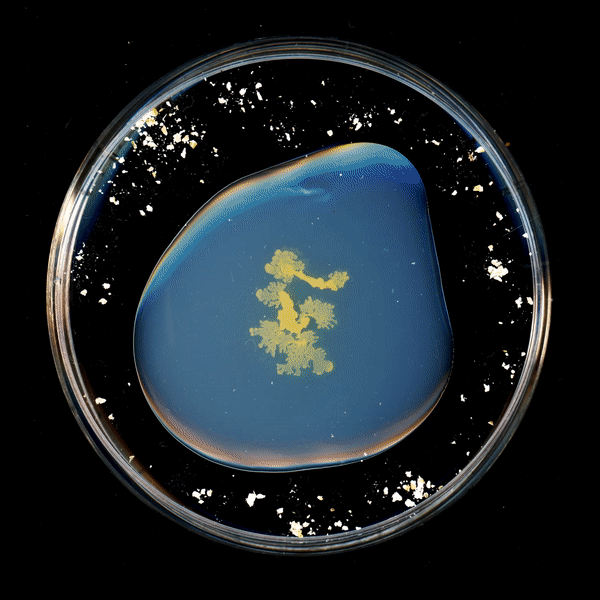This story made headlines back in 2010, but a new series of posts on slime molds at the Biomimicry Institute has me gaping a bit in awe over the power of nature to inform human engineering — whether retrospective or prospectively.
This week we’ll dive a bit into biomimicry as a viable strategy for navigating the Anthropocene.
Let’s start easy today with getting to know the humble slime mold. Your entry is this engaging video, and I’ll link first in an 8-part post series by Katie Losey below.
Brainless Genius
The world doesn’t know what to make of it.
Single-celled and as brainless as its name suggests, it’s one of the last organisms we’d expect would influence our beliefs on intelligence…
At first glance, no one would say slime mold is blessed with natural gifts. It doesn’t have a brain, not even a neuron. It also has no eyes, ears, mouth, legs, vocal cords, heartbeat or a single sensory organ. It remains one cell all its life. Remarkably, it can remember, make complex decisions, anticipate change, demonstrate altruism, recognize itself–and accomplish things we still can’t.
The Bizarre Genius of a Brainless Blob – Biomimicry Institute
Subsequent posts are linked at the bottom of each. Learn about the unkillable “dog vomit” slime mold taken for an alien, mapping the dark cosmos and re-designing Paris, and structural design applications to airplanes and EVs.




